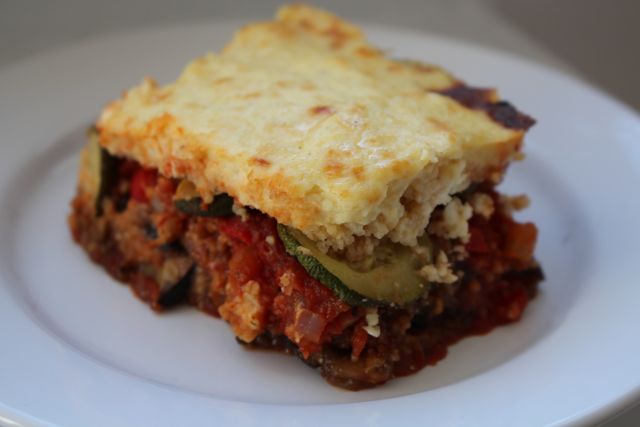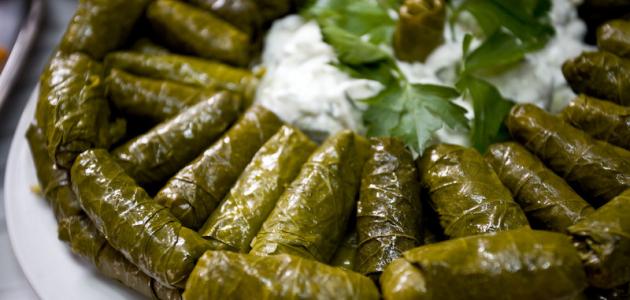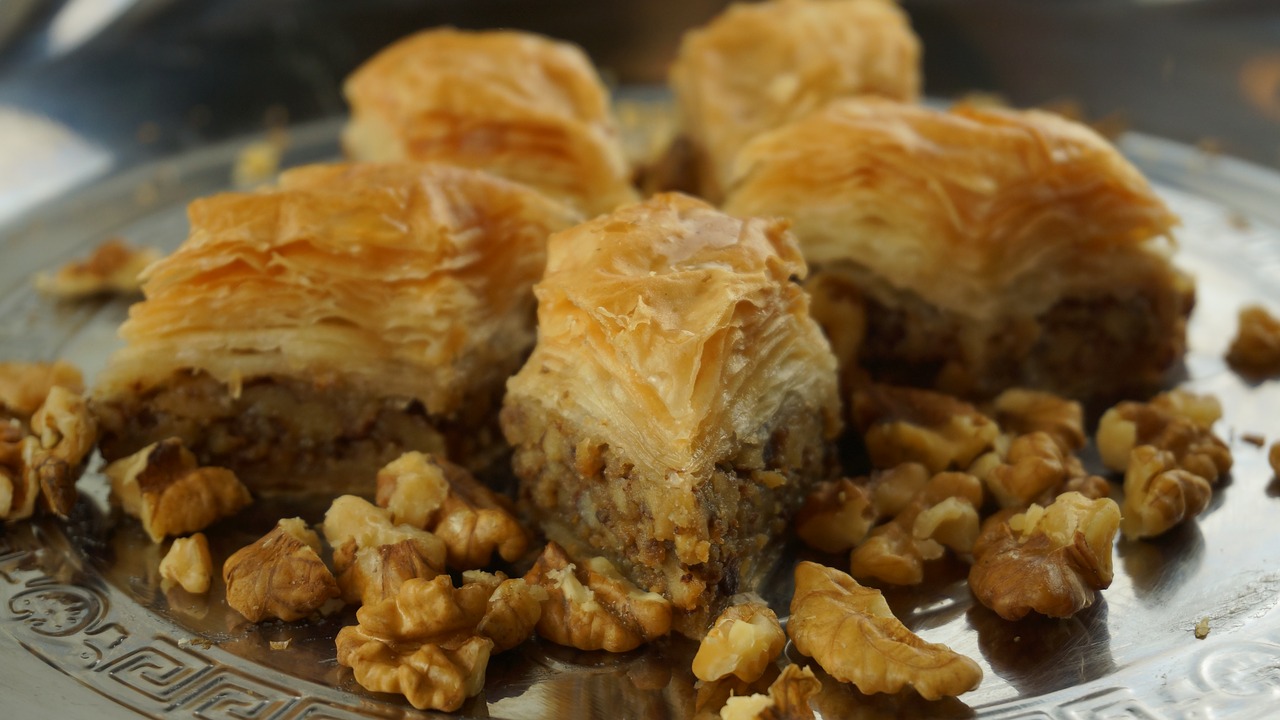From stuffed vegetables to sweet dessert pastries, there are a number of Mediterranean dishes whose origins can’t quite be pin-pointed due to their being shared as traditional dishes across various Mediterranean countries.
The Mediterranean peninsula is made up of 21 countries that share the same warm waters and beautiful weather of this region. As a direct result of this shared climate, it should come as no surprise that some of these countries also share similar cuisines.
This is precisely why some of Egypt’s most well-known traditional dishes – such as messakaa (moussaka) and mahshi warak enab (stuffed vine leaves) – are actually also well-known traditional dishes in countries such as Greece and the general Levant region. Mediterranean cuisine actually has a long history and the similarities we find today come as a result of various geographic, economic and political factors that have taken place throughout the years.
During the time of the Ottoman Empire (16th and 17th centuries) for example, plenty of goods, foods and spices were traded across the region, creating a mesh of cultures which has resulted in the various similarities we see across these Mediterranean countries today.
Mediterranean cuisine is generally characterized by its wide use of olive oil, wheats and grains, and fruits and vegetables. Although each Mediterranean country has evolved into having its own distinguished traditional cuisine, some of the striking similarities between some specific dishes have caused grounds for dispute over their origins. These countries are namely Egypt, Greece, Turkey and the Levant region.
The following dishes are some of the ones shared amongst some of the Mediterranean countries mentioned above, with their origins being slightly blurry, and each of them being slightly different in taste in accordance to the country it is made in.
Moussaka
Moussaka is an eggplant-based dish that often includes meat and sometimes even béchamel sauce. This is a traditional dish in Greece, Egypt, Turkey and the Levant and Balkans. It is perhaps more popularly known as a Greek dish nowadays, however even the name itself has Arabic origins as it has been present since Ottoman times.
Each of these countries tend to cook and serve the dish in slightly different ways. In Greece, the dish is served hot and includes sautéed eggplants and tomatoes with layers of minced meat and sometimes even béchamel sauce. In Egypt, the eggplant is usually fried and then the whole dish is baked, whereas in the Levant the dish is often served cold as a mezze (appetizer) and does not necessarily include meat.
Dolma (Stuffed Vegetables and Vine Leaves)
Dolma, which is a word that originates from the Turkish dolmak (to fill), is a series of stuffed dishes that are shared across various Mediterranean cuisines. These stuffed dishes are usually vegetables that are stuffed with rice and meat, in addition to stuffed cabbage rolls and vine leaves.
Stuffed vine leaves are found in Greece (called Dolmadia), Egypt (called Mahshi Warak Enab) and the Levant region. According to the country and region, stuffed vine leaves can either be served warm, or those prepared with olive oil can be served cold alongside a garlic-yoghurt dip.
In addition to stuffed vine leaves, stuffed vegetables are also very common across the region with each country slightly altering their recipes to be tailored to their specific culture and preferences. Vegetables differ from country to country for example, with Greece often using tomatoes and green peppers for their Ghemista (stuffed vegetable) dishes and Egypt often using zucchinis and eggplants for their Mahshi (stuffed vegetable) dishes.
Baklava
This traditional sweet pastry dish is made up of layers of filo filled with chopped nuts in between and usually sweetened using syrup or honey. Baklava is widely regarded as a traditional Levantine and Middle Eastern dish, however it is also a very popular traditional dessert in both Greece and Turkey.
The dessert slightly differs in preparation across the various countries, namely in the type of nuts that are used for the filling and the way in which it is sweetened. In the Levant and Egypt for example, Baklava is usually sweetened with syrup whereas in Greece honey is often used to sweeten the dish.
In a world in which politics presents itself in every shape and form, food politics has also become an increasingly important subject, with various countries fighting over the origins of some of their traditional dishes. In this case, these dishes go beyond being a mere tasty meal, but rather present themselves as symbols of culture and tradition that have been kept intact throughout the years and passed down throughout generations. Equally, food appropriation has also presented itself as an important issue in recent years, with the general discomfort of globalization having blurred the lines of some dishes’ origins, making it easier for anyone to claim a dish as their own. Ultimately, food goes beyond ingredients and taste – it is an important part of everyday life, and it can certainly be seen as a symbol of pride.
* This article was originally published here








0 Comments